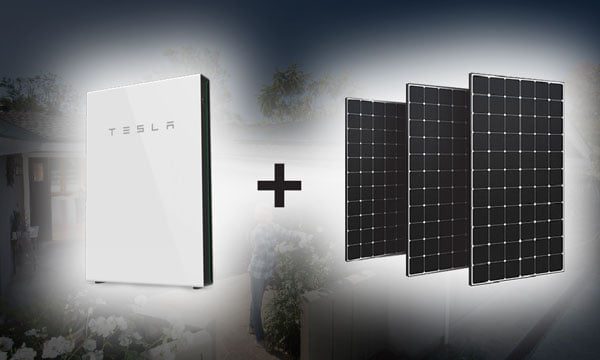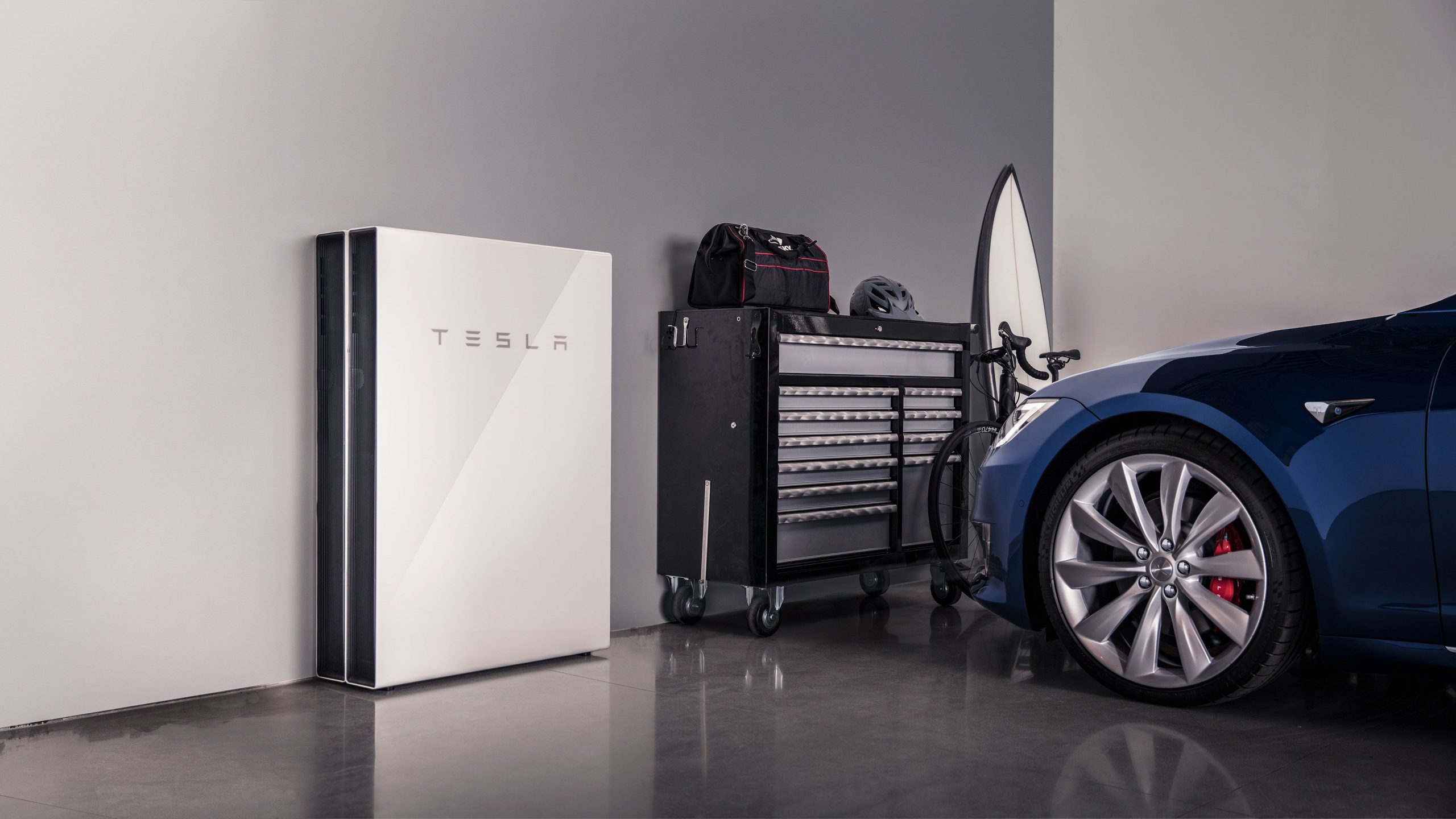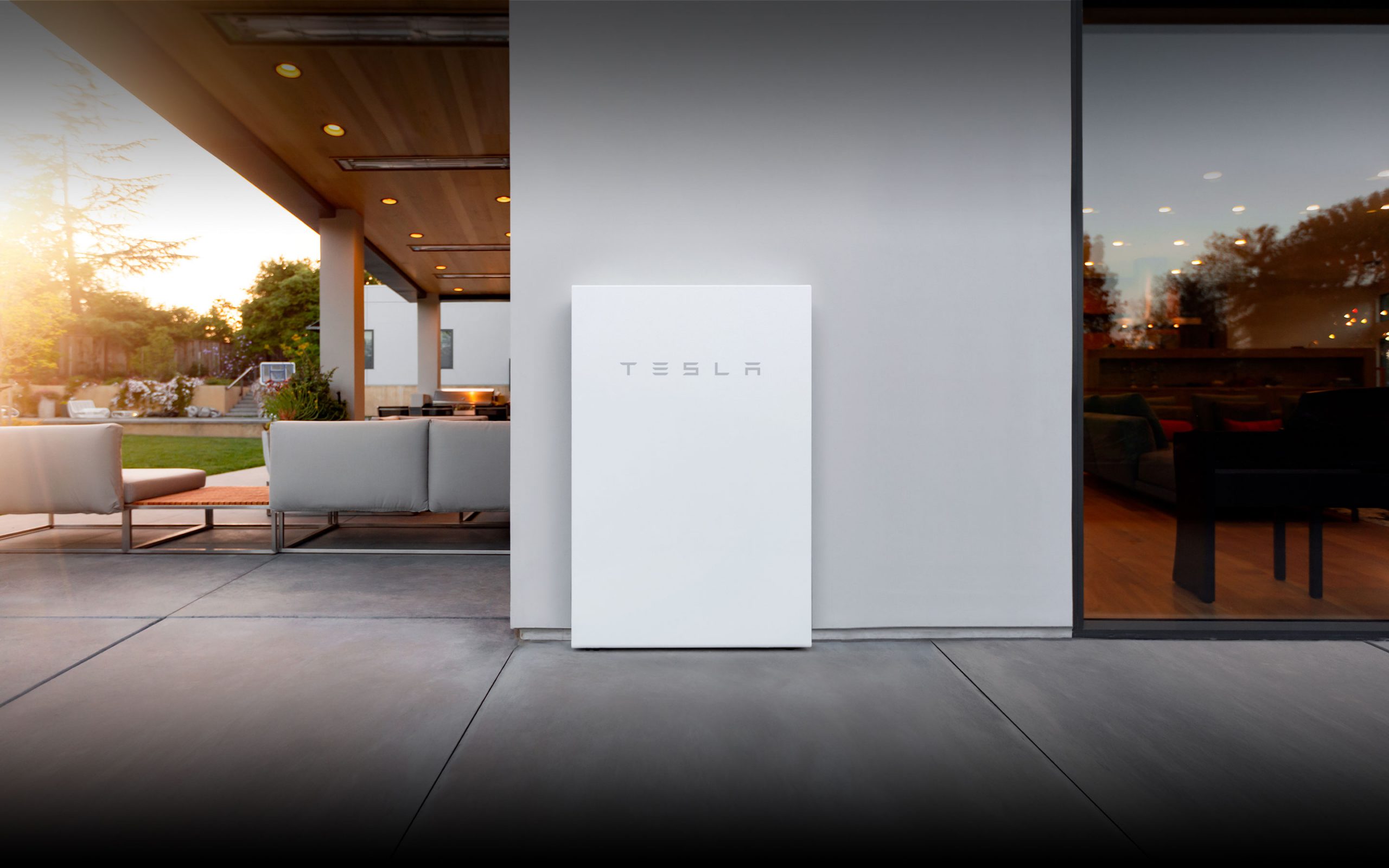A Few Things You Should Know About The Tesla Power Wall
The solar world has seen various advancements in terms of the technology used and the takeaways for homeowners. But perhaps the best product to put the sun’s rays to optimum use is the Tesla power wall. Needless to say, greater energy independence is achievable with the system.

Tesla Powerwall in Naples Florida
What Is The Cost of The Tesla PowerWall Battery System?
Regardless of the efficiency of these systems, the costs will still determine whether they will end up on your roof. The world woke up to the first model of Tesla Power wall in 2015 with a $3000 price tag. However, it was discontinued. It was followed by the Tesla Power wall 2 in 2016 with two costs, $5500 and $6500. The system was later improved and reintroduced in 2020, costing $7500. The up-to-the-minute creation is the Powerwall, launched in 2021 at the cost of 8500. Tesla had promised a reduction in these figures, but that is yet to happen. In fact, the cost of Tesla Powerwall as of 2022 goes at $11000. But there is a catch. Tesla only sells its battery system with a new panel. That means you have to top up the cost of a panel. You may get it from other companies without buying a panel, except they will likely add some dollars to Tesla’s figure.
Are There Incentives And Rebates For Powerwall?
Fortunately, yes, incentives are available for the US. Any power wall system qualifies for solar energy credit but only when installed with a new or existing panel system. Also, it should be fully charged with 100% solar energy. If you install the panel after the Tesla power wall, it leads to disqualification. The solar energy tax credit lowers Powerwall’s installation cost by 26%. This will vary from state to state and utility to utility, with some offering more rebates and incentives. Some even cover 90% of the installation.
What Makes Tesla Power Wall Special?
Longevity
Monitoring
Capacity
Operating modes
Peak power rating
Elon Musk’s Tesla power wall is a revolutionary solution to the energy industry. It is a great addition to any home and offers various advantages with its maximum capacity, remote access, peak power rating, and flexibility from different operating modes. However, getting your system from a credible solar retailer fosters expert installation and optimum results.





